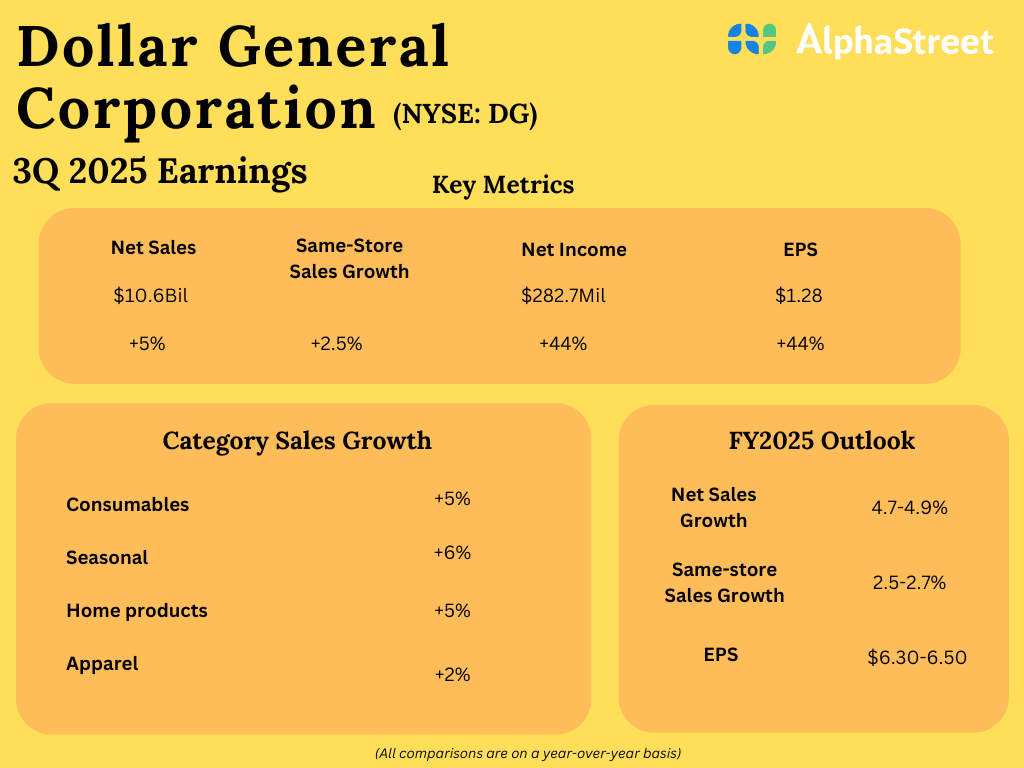The world has changed and so have businesses. Now, people want fast service and personal experiences online. Old ways just won’t cut it anymore. You need to think about how to start or change your business to fit today’s world.
This article looks at the business models that are doing well in today’s digital world. We’ll show you how to make your business grow and succeed.
#mc_embed_signup{background:#fff; false;clear:left; font:14px Helvetica,Arial,sans-serif; width: 600px;}
/* Add your own Mailchimp form style overrides in your site stylesheet or in this style block.
We recommend moving this block and the preceding CSS link to the HEAD of your HTML file. */
Sign Up for The Start Newsletter
(function($) {window.fnames = new Array(); window.ftypes = new Array();fnames[0]=’EMAIL’;ftypes[0]=’email’;fnames[1]=’FNAME’;ftypes[1]=’text’;fnames[2]=’LNAME’;ftypes[2]=’text’;fnames[3]=’ADDRESS’;ftypes[3]=’address’;fnames[4]=’PHONE’;ftypes[4]=’phone’;fnames[5]=’MMERGE5′;ftypes[5]=’text’;}(jQuery));var $mcj = jQuery.noConflict(true);
What Defines a ‘Digital-First’ Business Model?
A digital-first business uses technology and data from the start. It uses cloud tools for everything, making it efficient and quick to adapt.
When thinking about new business ideas, remember these four key points:
Speed and Agility: You can quickly launch and update products. This lets you keep up with customer needs fast.
Scalability: Your business can grow without costing a lot. Cloud tools help you expand globally, and 99% of mid-size firms are using digital strategies for this.
Data-Driven: You track everything and use data to improve. Digital-first companies collect user data and use analytics to make better products and marketing.
Customer-Centric: Focus on making the customer happy. 71% of customers want personalized online experiences, so digital-first brands meet them where they are.
Digital-first ideas are all around us. For example, Amazon uses data and AI to make shopping personal. They also use automation to deliver fast, which is amazing.
As a founder or manager, your goal is clear. Make your next business digital-first. Use the cloud, rely on data, and put the customer first. This will help your business stay ahead in a world where old ways don’t work anymore.
Verizon Small Business Digital Ready
Find free courses, mentorship, networking and grants created just for small businesses.
Key Digital-First Business Models Crushing It in 2025
Digital-first businesses focus on online customers and technology. This is important because more people shop and use services online. For example, global e-commerce is expected to hit about $6.86 trillion in 2025. Adopting a digital-first model can help you reach more customers and grow faster.
1. Subscription Services
Subscription models ask customers to pay regularly for ongoing access. You might know giants like Netflix, DSTV, or Spotify. This model is popular.
Big companies use it to keep getting money. Netflix, for example, had over 300 million paid subscribers by late 2024. You can do this too, on a smaller scale (think monthly boxes, memberships, or software plans).
Subscriptions give you a steady income and keep customers coming back.
2. E-Commerce and Direct-to-Consumer (DTC)
In an e-commerce model, you sell products online directly to customers. This model offers a wide range of opportunities.
Platforms like Shopify make it easy to start, even if you’re small scale. Shopify reports 2+ million merchants and 675 million yearly buyers on its platform. This means niche brands can reach global markets without big middlemen.
You just set up a web store, could even be a WhatsApp platform, market directly to your customers, and they’ll buy with a few clicks.
3. Freemium Models
A freemium model offers a free basic product and charges for premium features. You use the free tier to grow users and then convert some to paid plans. For example, design tool Canva has 220 million users and about 21 million paying subscribers.
You could launch an app or service with a free level, then sell extras like extra storage, advanced features, or no ads. Freemium is common in software and apps (think Zoom, Spotify, or many SaaS tools) because you get your customers hooked for free before asking them to pay.
4. Marketplace Platforms
Marketplace businesses connect buyers and sellers on one platform. The biggest example is Amazon. In 2023, Amazon’s retail division did about $575 billion in sales, roughly 37.6% of the US ecommerce market. Also, over 60% of Amazon sales come from independent third-party sellers, that is, small businesses like yours selling on a global stage.
You can tap this model by building a marketplace around a community or specialty, or by selling on an existing one. The key is letting many sellers and buyers find each other in one place.
5. On-Demand Services
On-demand models deliver services quickly via an app or website. Ride-hailing and delivery are classic examples. Uber’s app has 161 million users and drivers, completing about 2.87 billion trips in just Q3 2024.
In your business, think of on-demand goods or services customers can order with a tap, from grocery delivery and home services to consulting or fitness coaching on call. The promise of “fast and easy” wins customers who prioritize convenience more.
Each of these models has been proven by both big names and startups. By speaking to you and solving real problems conveniently, they help your business ideas thrive in today’s digital economy.
Campaigner Marketing
Drive higher ROI, grow your audience and build more loyal customers with Campaigner’s advanced email marketing features.

Strategies for Transitioning to a Digital-First Model
Today, going digital-first is critical. 74% of companies now agree that digital transformation is a top priority. A digital-first model uses technology in every area of your business, for example, cloud-based tools to manage staff, inventory, and sales online. This makes your company more resilient and efficient.
Adopting digital ways of working can help you meet the needs of your customers and adapt when market conditions change.
Assessing Your Current Model
First, check how ready your business is for digital. Conduct a simple digital readiness assessment by examining your strategy, leadership, and culture, support change, and always check whether your tech tools are up to date.
Identifying Opportunities
Look for digital chances in your field. Watch for new tech trends. Today’s shoppers want easy online access, like social media or apps. Think about starting an online shop or app if you haven’t yet.
Ask your team about tasks that annoy them. Fixing these with tech can lead to new ideas. By mixing tech trends with your team’s ideas, you’ll find ways to grow.
Building a Digital Strategy
With your ideas, make a solid plan. A good digital strategy shows how to use tech wisely. It improves work, staff skills, and customer service.
First, set clear goals and budgets. Decide what you aim to achieve. Then, pick tools that match your goals.
Overcoming Challenges
Don’t give up when you hit obstacles. Common hurdles include resistance to change. Employees might fear new tools will change their jobs.
Clear talk can help. Involve your team early and explain the benefits. Offer training to make them comfortable with new tools. If you lack skills, train your team or work with experts.
By following these steps, you can make your business digital-first. The right tech, processes, and culture help you serve customers better and stay ahead.
SalesForce
AI + Data + CRM = more sales and happier customers.
Start or grow your business with the #1 CRM. Salesforce now has AI tools that helps you connect with your customers in a whole new way.

Build What Tomorrow Demands
Digital-first businesses lead because they meet today’s customer needs. Thinking about new business ideas? Focus on digital models to build something strong and smart.
It should meet the consumer’s needs.
Image by rawpixel.com on Freepik
The post Business Models Thriving in a Digital-First World appeared first on StartupNation.























